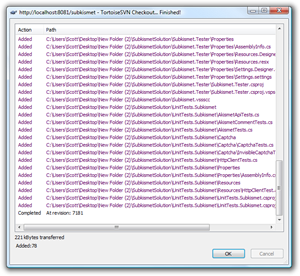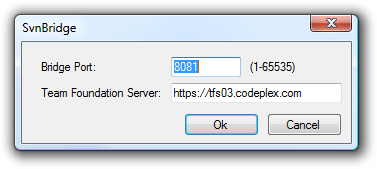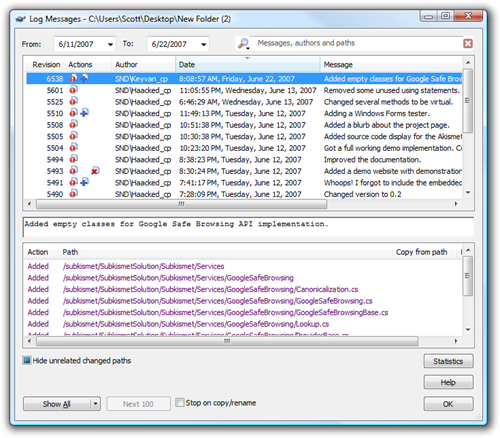About Me
Welcome! You might want to check out my greatest hits.  I'm also on Google+, Twitter, and Facebook.
I'm also on Google+, Twitter, and Facebook.
My name is Scott Hanselman. I'm a web technologist and teacher. I work out of my home office in Portland for the Web Platform Team at Microsoft, but this blog, its content and opinions are my own.
I was the Chief Architect at Corillian Corporation, now a part of Checkfree, for 6+ years. I was also involved in a few Microsoft Developer things for many years like the MVP and RD programs and I'll speak about computers (and other passions) whenever someone will listen.
Before Corillian and Microsoft I worked as a Principal Consultant at a local Microsoft Solution Provider called STEP Technology, speaking, writing, consulting, and very much not getting rich during Web 1.0. Even earlier, I worked at a Car Parts Data Warehouse called Chrome Data, and before that I had a small company that specialized in internationalization and thunking. I've also been an Adjunct Professor at OIT, teaching C#. On the side, I created the first PalmPilot Diabetes Management System in 1998 and sold it to a healthcare company five years later. It's now in limbo, but I'm trying to get it released as Open Source.
What else would you like to know?
I am an early adopter, it seems. I ran Tweak Computer Support BBS, with some success, a very long time ago. I was a FidoNet node. I have nice teeth and love cheese amongst other things. I like Tools, and I've co-written some books. I'm diabetic. I like studying Amharic and Zulu/Ndebele and listening to African Music as well as other more diverse music. I know Black Hair and can both braid and cornrow. I have a podcast. I hack on hardware and waste time. I do Open Source. I have a large forefive-head. I am good at Excel and keep my resume mostly up to date for no reason. We speak Sign Language to my son and my wife speaks Ndebele. I have a great family and have had great teachers and a fantastic wedding with a great Cake Topper. I don't sleep too much. I write a lot. I'm trying to raise $50,000 for Diabetes research.
That's me, today. I'll be different tomorrow, hopefully better.
About Scott
Scott Hanselman is a former professor, former Chief Architect in finance, now speaker, consultant, father, diabetic, and Microsoft employee. He is a failed stand-up comic, a cornrower, and a book author.
About Newsletter







 It's unclear who said:
It's unclear who said: